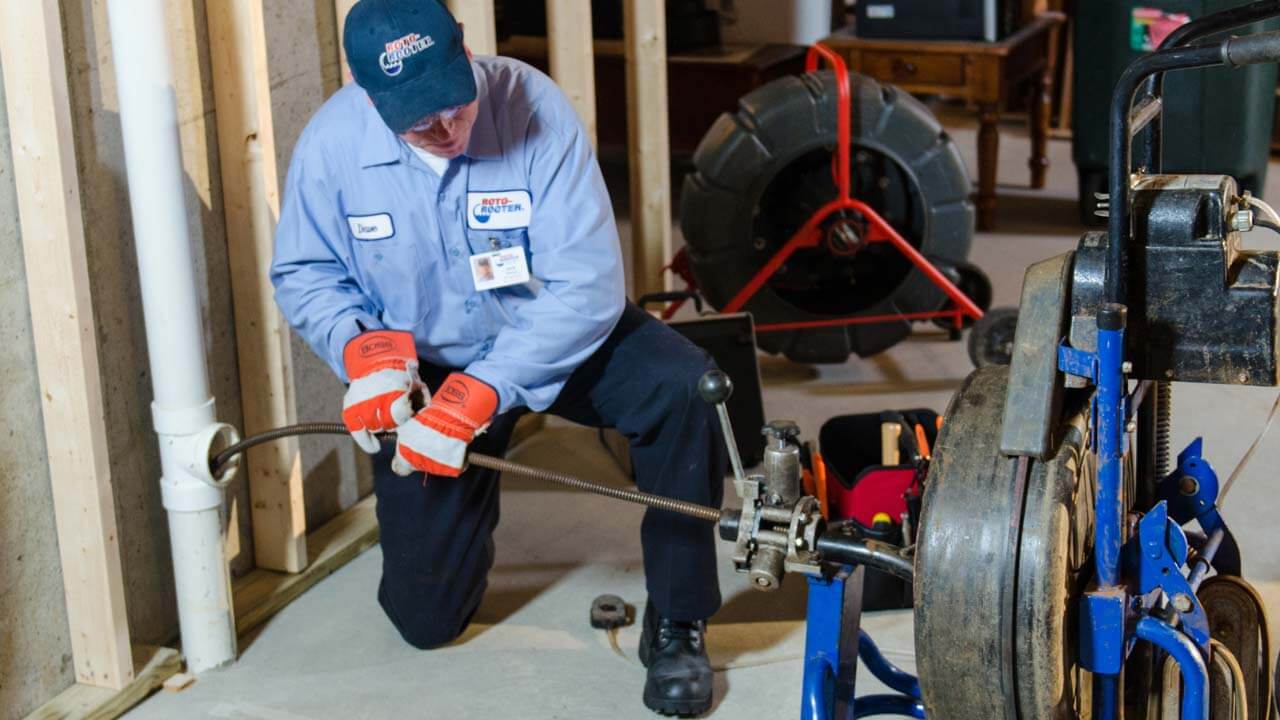Comprehensive Guide to Common Sewer Line Issues
At USA Plumbing Services, we understand that the sewer line is a critical component of your home's plumbing system. Being the largest drain in your home, it's vulnerable to a variety of issues. Here, we explore the most prevalent sewer problems and provide expert advice on how to prevent and address them effectively.
Common Sewer Line Complications
Tree Root Invasions
Tree roots can infiltrate sewer lines, leading to significant damage. These roots seek moisture and can quickly compromise the structural integrity of your sewer pipes by causing breaks and obstructions.
Structural Pipe Damage
Factors such as shifting soil or freezing temperatures can cause pipes to break, collapse, crack, or become misaligned. These disruptions can severely impact the functionality of your sewer system.
Blockages and Buildups
Grease, foreign objects, or excessive waste can restrict water flow, creating blockages that hinder your sewer system's efficiency.
Corrosion and Deterioration
Older pipes made from materials other than PVC are prone to corrosion and deterioration, potentially leading to collapses and restricted flow.
Bellied Pipes
A section of pipe that has sunk due to soil conditions can create a 'belly' that collects waste, further complicating the flow dynamics within the sewer line.
Leaking Joints
If the seals between pipes deteriorate, water can leak into the surrounding area, potentially causing further damage and inefficiency.
Proactive Measures for Sewer Maintenance
Regular Inspections and Maintenance
Stay proactive with your sewer line care by scheduling inspections every three to five years. Our experienced technicians at USA Plumbing Services can identify and rectify issues early, often with minimal repairs, preventing costly replacements.
Cleaning and Repairs
Regular cleaning and timely repairs can address many common sewer line problems. If an issue has advanced, a comprehensive assessment using camera inspection technology helps pinpoint the problem, allowing us to advise on the best course of action, whether it's repair or replacement.
Evaluating Repair Versus Replacement
Long-Term Cost-Benefit Analysis
In some instances, replacing an outdated or extensively damaged sewer line is more cost-effective in the long run. Inferior pipe materials and extensive damage from roots or wear can incur higher repair costs over time, making replacement a financially sensible option.
Frequently Asked Questions
Q: How often should I have my sewer line inspected?
A: We recommend having your sewer line inspected every three to five years to catch potential issues early.
Q: What are the signs that my sewer line needs immediate attention?
A: Warning signs include unusual noises, slow drainage, and foul odors emanating from your drains.
Q: Is it cheaper to repair or replace a damaged sewer line?
A: This depends on the extent of the damage and the age of your pipes. Our experts can provide a cost analysis to help you make an informed decision.
Maintaining your sewer line is crucial for ensuring the health of your home's plumbing system. Contact USA Plumbing Services for expert guidance and professional service. We are dedicated to providing solutions that ensure the longevity and efficiency of your sewer system.

No comments:
Post a Comment